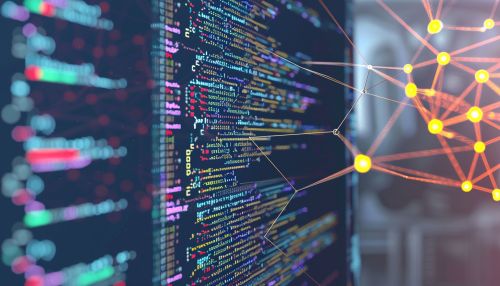Large language models
Introduction
Large language models (LLMs) are a type of artificial intelligence that have been trained on a vast amount of text data. These models are capable of generating human-like text, and can be used for a variety of tasks, including translation, summarization, and question answering. The development and use of LLMs is a significant area of research in the field of natural language processing (NLP).


Background
The concept of LLMs is rooted in the broader field of machine learning, a subset of artificial intelligence that focuses on the development of algorithms and statistical models that computers use to perform tasks without explicit instruction. In particular, LLMs are a type of deep learning model, which are algorithms inspired by the structure and function of the human brain, called artificial neural networks.
Structure of Large Language Models
LLMs are typically structured as recurrent neural networks (RNNs) or transformers. RNNs are a class of neural networks where connections between nodes form a directed graph along a temporal sequence, which allows them to use their internal state (memory) to process sequences of inputs. Transformers, on the other hand, are models that use self-attention mechanisms and are particularly effective for tasks involving sequence transduction and learning long-range dependencies.
Recurrent Neural Networks
RNNs are a type of artificial neural network designed to recognize patterns in sequences of data, such as text, genomes, handwriting, or spoken words. A key feature of RNNs is their hidden state, which captures information about what has been calculated so far. In theory, RNNs can remember important information in their hidden state throughout processing an entire sequence, making them potentially useful and effective for handling data where the sequence is a crucial factor.
Transformers
The transformer model, introduced in a paper titled "Attention is All You Need" by Vaswani et al., has become a cornerstone for the development of LLMs. The model's key innovation is the self-attention mechanism, which weighs the importance of different words in an input sequence when generating an output sequence. This allows the model to handle long-range dependencies in text, making it particularly suited for tasks like translation and summarization.
Training Large Language Models
The training of LLMs involves feeding the model a large corpus of text data and adjusting the model's parameters based on its predictions. This process is typically done using a method called backpropagation, which involves adjusting the model's weights to minimize the difference between the model's predictions and the actual outcomes.
The training data for LLMs typically comes from a wide range of internet text. However, because the training data is so vast, it's not feasible to document all the data sources or to eliminate all potential biases in the data. This has led to ongoing discussions about the ethical implications of using such data.
Applications of Large Language Models
LLMs have a wide range of applications. They can be used for tasks such as translation, summarization, question answering, and even writing code. They can also be used to generate creative content, such as stories, poems, and music.
One of the most well-known LLMs is GPT-3, developed by OpenAI. GPT-3 has 175 billion machine learning parameters and can generate impressively human-like text.
Challenges and Criticisms
Despite their impressive capabilities, LLMs also face several challenges and criticisms. One major concern is their potential to spread misinformation or generate harmful content, given that they generate text based on patterns in the data they were trained on, without an understanding of truth or ethics.
Another concern is the environmental impact of training LLMs. The process requires a significant amount of computational resources, which can lead to a large carbon footprint.
Future Directions
The field of LLMs is rapidly evolving, with ongoing research focused on improving the models' capabilities, efficiency, and ethical considerations. Future directions may include the development of more efficient training methods, better ways to handle biases in the training data, and methods to ensure the responsible use of LLMs.
